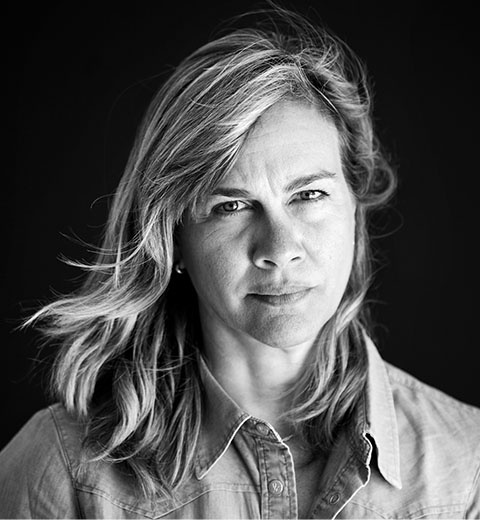Interview with Magdalena Herrera, Director of Photography, Geo (France)
The Leica Oskar Barnack Award (LOBA) is breaking new ground in its fortieth year. This time the procedure is based on the recommendations of around 70 internationally renowned experts from the photography community. Their suggestions have all been received now, and so we can move on to the next phase of the competition. Today we are introducing another nominator: Magdalena Herrera is Director of Photography at Geo (France), and has many years of experience involved in photography competitions.
What is your perspective of the LOBA?
Leica is a prestigious brand used by some of the most famous and talented photographers, and the LOBA is one of the most prestigious awards in the world. It deserves to be more widely known. The increased allocation this year represents a fantastic reward for the photographers.
What is special about the LOBA from your point of view?
The number of nominators from all around the world, and the fact that the nominated works have to be unseen or unpublished. This is challenging, both for the photographer and the nominator.
Can you give us an insight into how you went about selecting your proposals for the LOBA?
Being a nominator for the LOBA, I tried to adapt to what I think are the specifics of this award. Also, I wanted a mix of documentary approaches (journalistic and aesthetic), and a balance of male and female photographers.
“LOBA is one of the most prestigious awards and it deserves to be more widely known.”
What advantages do you see in a pre-selection by international experts?
The guarantee of cultural diversity.
In particular, what efforts should be made to ensure that the field of application is as diverse as possible?
To have nominators from all over the world and from all fields of documentary photography, with photographers, curators, editors, teachers… Diversity also means diversity of socio-economic backgrounds, which is the most difficult: photography is expensive and time-consuming, and requires international networking.
What would you advise young photographers to do in order to be visible and get support?
Identify your work, prepare before shooting, edit, edit, edit. Make it consistent. Have a good website or an Instagram feed, and try to meet as many editors or curators as you can at festivals, workshops, and so on.
How do you assess the current photography market?
Photography is still as fascinating as ever. It is still unique in its relationship to reality, and it finds ever-new forms and platforms to express itself. It is the economics of photography that raises questions today – and the position of the photographer: artist, journalist, entrepreneur?
What wishes and hopes do you have for the photography of the future?
One word is enough: freedom.
Thank you very much for your time. We are looking forward to your nominations.

Magdalena Herrera
Director of Photography, GEO France
Born in Havana to a family of artists, Magdalena Herrera left Cuba as a child, studied Fine Arts and History of Art at the Sorbonne in Paris, before starting her career as a graphic designer and art director. She spent ten years as Art Director and Head of the Photo Department at National Geographic (France) before joining Geo (France) as Director of Photography. In parallel to her journalistic work, Herrera runs workshops and seminars around the world organized by the World Press Photo Foundation. She is regularly solicited as a Jury Member for international photography competitions. In 2018 she was Chair of the World Press Photo contest.
Portrait: © Ahmed Hayman